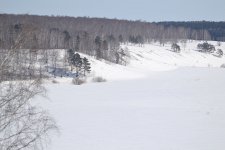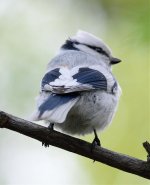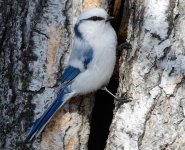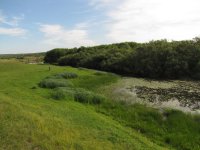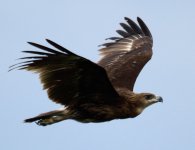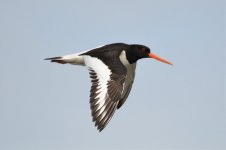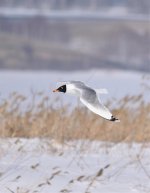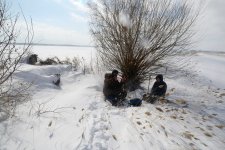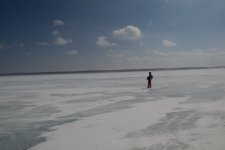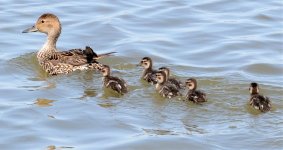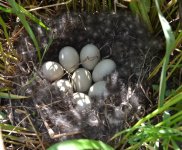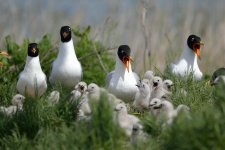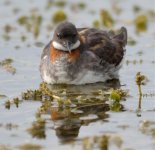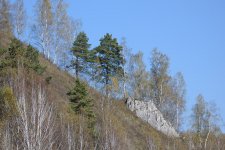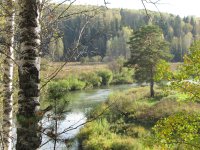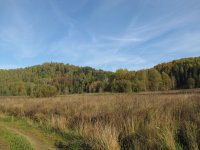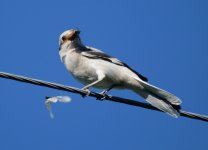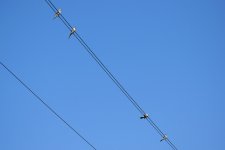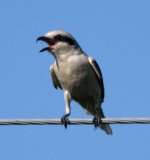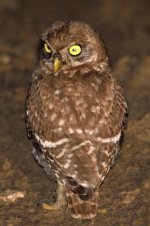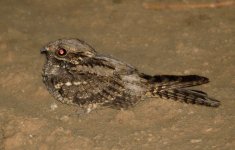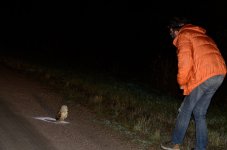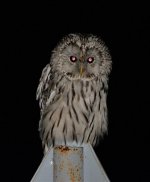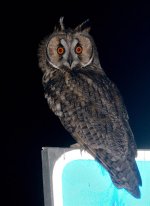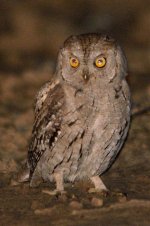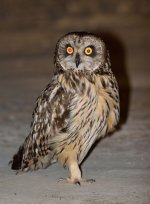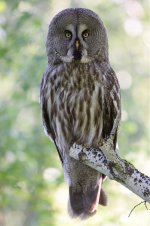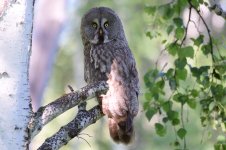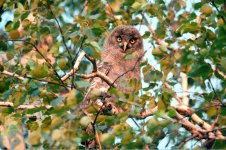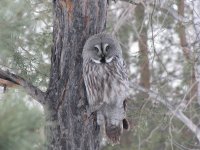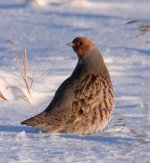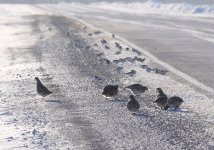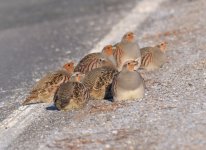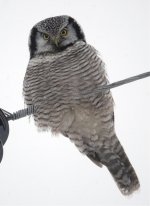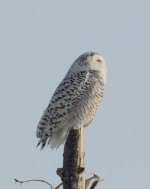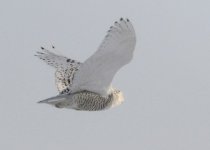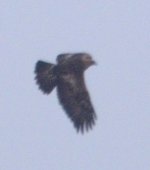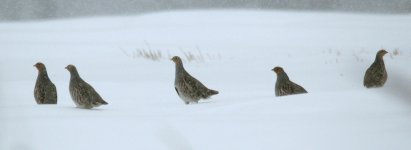Homo sibiricus
Well-known member
Hello! I am from Novosibirsk, Western Siberia, Russia. I am biologist, not an orniologist. But i am bird watcher since 2007. English isn't my strong suit but i'll try to tell about birds of Siberia, about places where you can find birds, and may be about Siberia too. I am sorry if there is many grammatic errors in my texts, but i'll try to compensate this by fotos.
Novosibirsk is a very big city, 3 places in Russia and more then one and half millions of citisens. And Novosibirsk is very huge: city aglomeration is about 50km from N to S and only little less from W to E.
City is in very good place for bird watching because there is big river Ob'. River have a 3-d place in world by the size of bassin area. But right in Novosibirsk Ob' is not so big river because from city to North Ocean about 3500km along the river. There is reservoir with dam in Novosibirsk. Reservoir is about 200 km-long and the city is on the north side of it. Left shore of Ob' is an eastern frontier of huge lowlends. On a right shore close to city there is some little ridge. Ridge is a part and nothern edge of one of most bigger in Eurasia mount system - Altay-Sayan mount ranges.
fotos: Cyanistes cyanus; Berd' river - gulf on a Ob' reservoir, where little river Berd' flovs in reservoir, late March.
to be continued
Novosibirsk is a very big city, 3 places in Russia and more then one and half millions of citisens. And Novosibirsk is very huge: city aglomeration is about 50km from N to S and only little less from W to E.
City is in very good place for bird watching because there is big river Ob'. River have a 3-d place in world by the size of bassin area. But right in Novosibirsk Ob' is not so big river because from city to North Ocean about 3500km along the river. There is reservoir with dam in Novosibirsk. Reservoir is about 200 km-long and the city is on the north side of it. Left shore of Ob' is an eastern frontier of huge lowlends. On a right shore close to city there is some little ridge. Ridge is a part and nothern edge of one of most bigger in Eurasia mount system - Altay-Sayan mount ranges.
fotos: Cyanistes cyanus; Berd' river - gulf on a Ob' reservoir, where little river Berd' flovs in reservoir, late March.
to be continued




